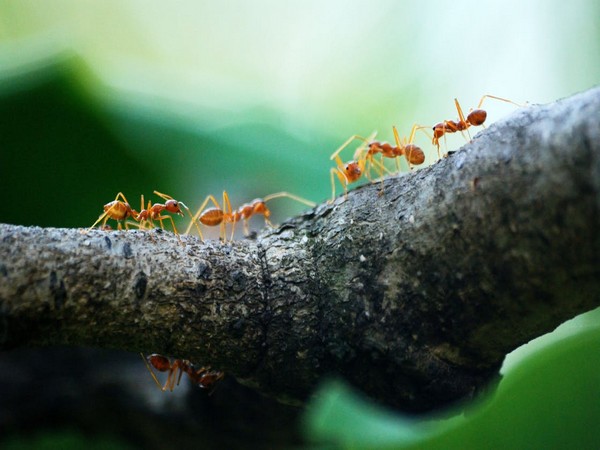

Researchers have discovered more than 1,500 genetic differences between migratory and non-migratory hoverflies in a recent study.
The findings of the study were published in the journal Molecular Ecology.
A team led by the University of Exeter captured migrating insects as they flew through a mountain pass, and sequenced active genes to identify which determine migratory behaviour.
This genetic information was then compared to that of non-migrating summer hoverflies.
“We identified 1,543 genes whose activity levels were different in the migrants,” said lead author Toby Doyle, of the Centre for Ecology and Conservation on Exeter’s Penryn Campus in Cornwall.
“What really struck us though was the remarkable range of roles these genes play.
“Migration is energetically very demanding, so finding genes for metabolism was no surprise but we also identified genes with roles in muscle structure and function, hormonal regulation of physiology, immunity, stress resistance, flight and feeding behaviour, sensory perception and for increasing longevity.”
Each autumn, billions of migratory hoverflies leave northern Europe and make a long-distance journey south.
Their journey takes them through the Pyrenees where they become concentrated through high mountain passes.
“It is an amazing spectacle to witness, an endless stream of hundreds of thousands of individuals through a 30-metre pass,” said Dr Karl Wotton.
When the researchers started ordering these genes by function, they discovered suites of genes were being activated in concert: insulin signalling for longevity, pathways for immunity, and those leading to octopamine production, the insect equivalent of the fight or flight hormone adrenaline, for long-distance flight.
“These pathways have been integrated into migratory hoverflies and modified by evolution to allow for long-distance movement,” Dr Wotton said.
The work provides a powerful genomic resource and theoretical framework to direct future studies into the evolution of migration.
Dr Wotton added: “It is an exciting time to be studying the genetics of migration.
“Our research has already indicated several genes that have previously been associated with migration in butterflies, suggesting the existence of a shared ‘migratory gene package’ that controls migration across multiple animals.”